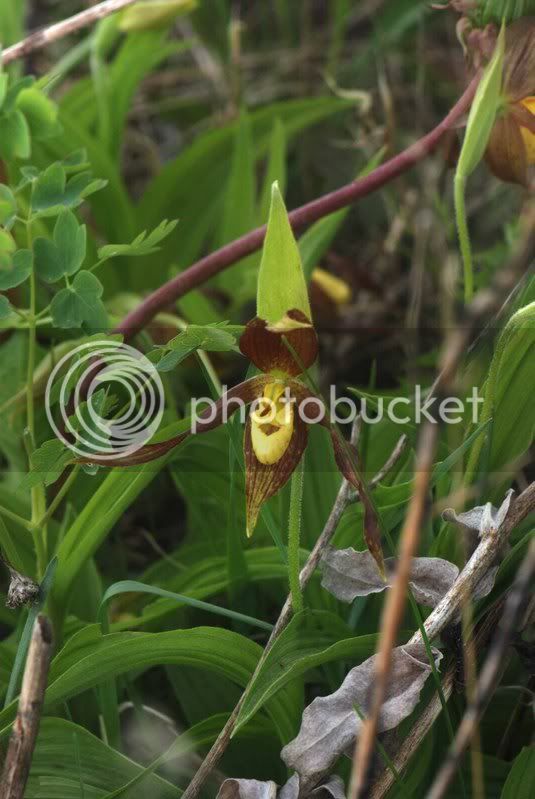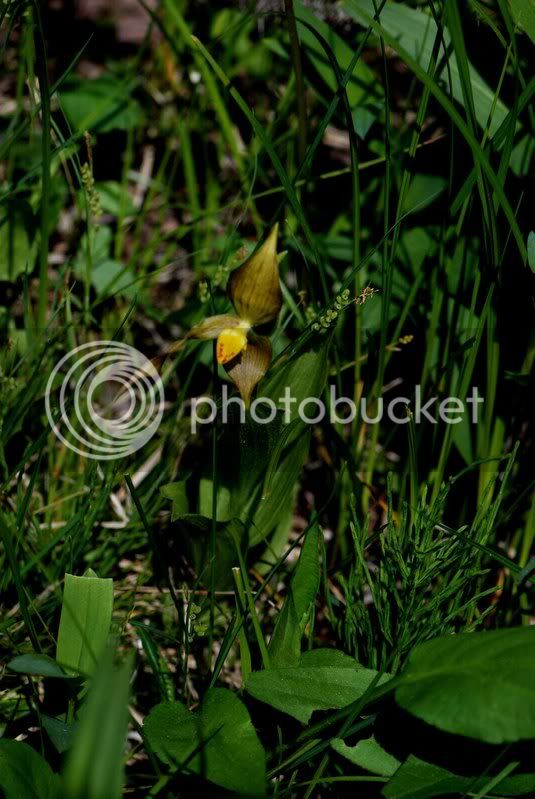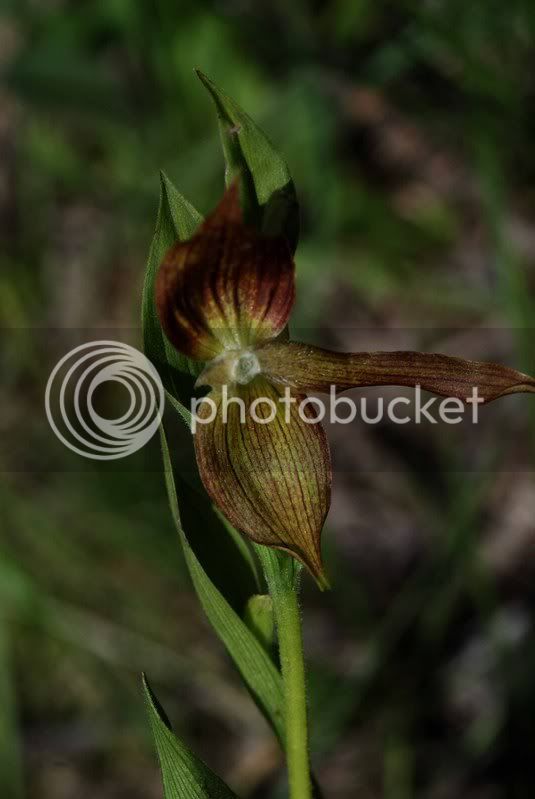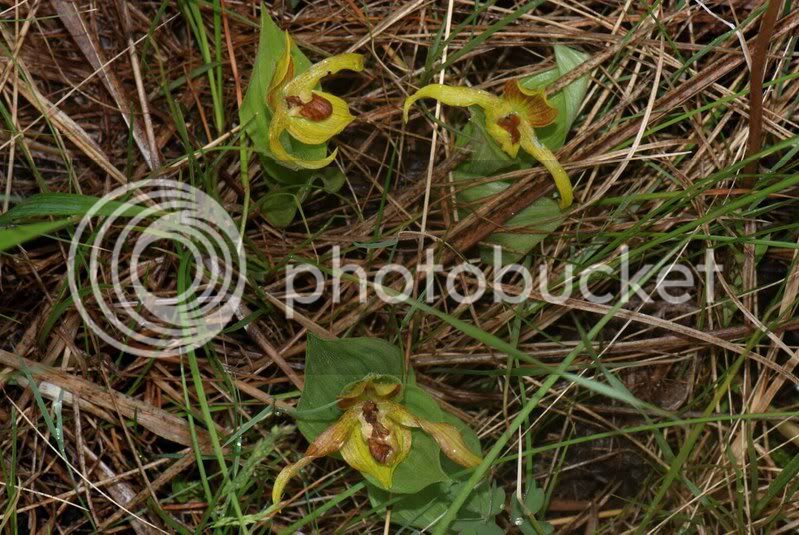Fantastic Olaf! I really love the golden pubescens - that plant should be propagated.
Regarding the taxonomic status of C. parviflorum, here is a short review of the accepted varieties according to one leading authority, Charles J. Sheviak, botanist at the New York State Museum. A direct quote from one of his articles:
"The most widespread variety is var. pubescens, which occurs virtually throughout the range of the species. This is also the most variable variety. In the eastern deciduous forests the plants are large with large flowers, and similar plants occur in the north and west. Commonly the sepals and petals are rather pale with highly variable darker markings. From the Great Lakes northward and westward, however, the plant is much more variable, with a tremendous range of size and shape of flowers and floral parts. Small northern plants were described as variety planipetalum, because their small flowers commonly have mostly unspiralled petals. These plants are merely extreme forms of var. pubescens, and diverse populations of var. pubescens include a great range of forms. Many plants can be phenotypically manipulated by growing them under different conditions; cool conditions induce small growths bearing small flowers with flat petals. The point here is that many such plants will develop into larger var. pubescens in cultivation; var. planipetalum does not exist.
The other varieties of C. parviflorum have small flowers. In the forests of the eastern U.S. occurs var. parviflorum, often growing on rather high, drier slopes. The sepals and petals appear dark due to closely spaced, tiny spots. This plant is rather rare and not generally known in cultivation. The plant that is commonly known and cultivated as var. parviflorum is actually var. makasin. This is a more northern plant, occurring from the Great Lakes region northward into the taiga. It is typically a plant of calcareous fens, growing in open forests and openings. It also occurs in thickets in moist sands. The flowers bear uniformly dark sepals and petals, rather like C. calceolus. Typical plants of this variety are very rare west of central Canada; in the western mountains the variety seems to be represented by plants without the uniform dark sepals and petals."
Dr. Sheviak has written exhaustive reviews on the C. parviflorum complex in North America - the ones that stick out in my mind were written in the mid to late 90's and published in the AOS journal. Perfect specimens of each type are obvious, but many intermediate looking plants exist and really confound the naming process.
Tom




